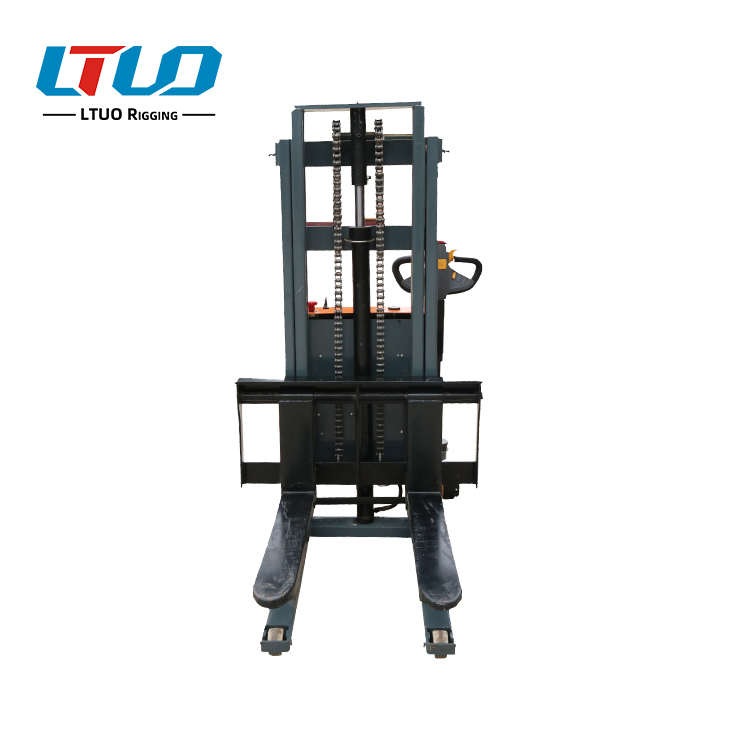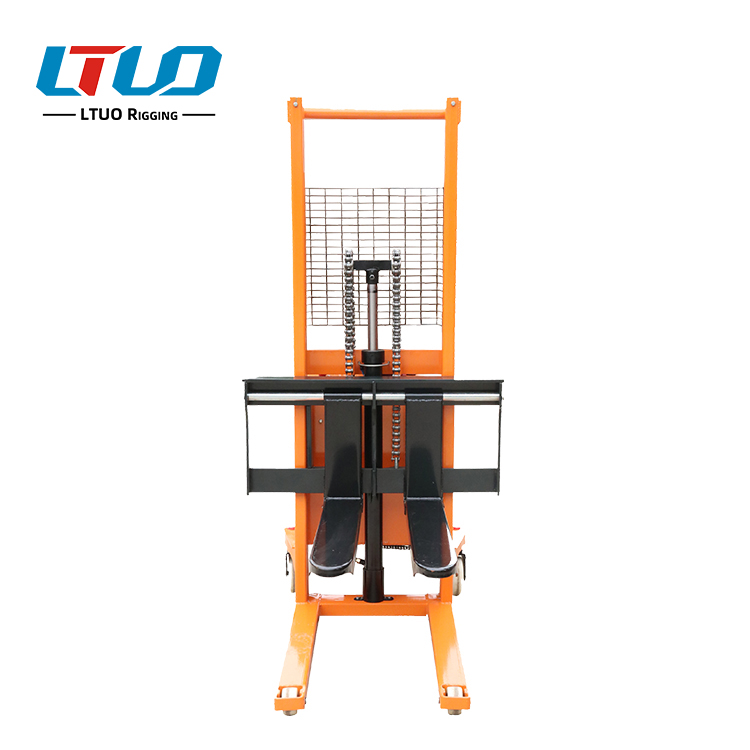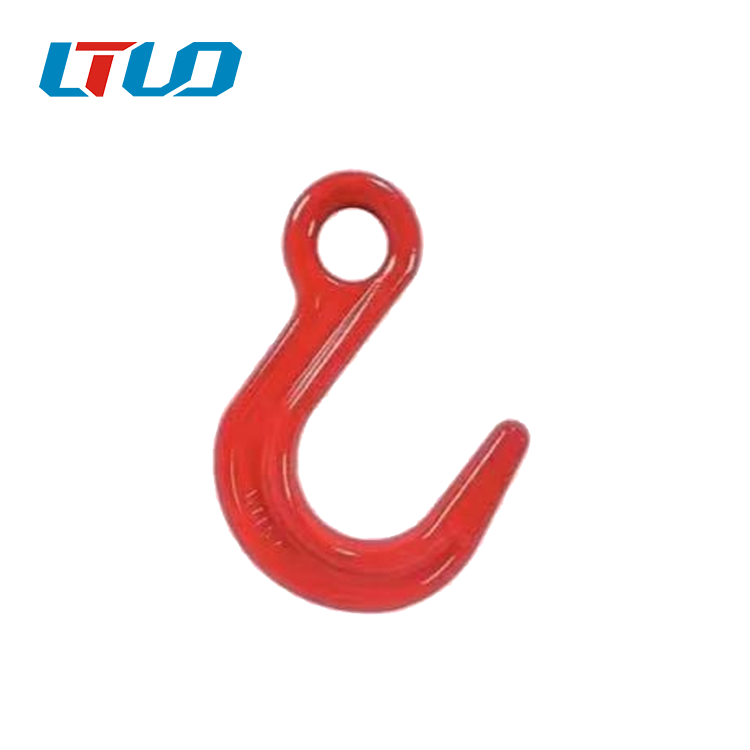Manual hydraulic truck: hydraulic transmission principle, using oil as the working medium, transfers movement through the change of sealing volume, and transfers power through the pressure inside the oil.
[Power part] Converts the mechanical energy of the prime mover into the pressure energy (hydraulic energy) of the oil. For example: hydraulic pump.
[Executive part] Converts the oil pressure energy input by the hydraulic pump into the mechanical energy driving the working mechanism. For example: hydraulic cylinder, hydraulic motor.
[Control part] is used to control and adjust the pressure, flow and flow direction of oil. For example: pressure control valve, flow control valve and direction control valve.
[Auxiliary part] Connect the first three parts together to form a system for oil storage, filtration, measurement and sealing. For example, pipelines and connectors, oil tanks, filters, accumulators, seals and control instruments.
The pressure applied at any point on a certain volume of liquid can be equally transmitted to all directions. This means that when multiple hydraulic cylinders are used, each hydraulic cylinder will pull or push at its own speed, which depends on the pressure required to move the load. Under the same range of hydraulic cylinder bearing capacity, the hydraulic cylinder bearing zui small load will move first, and the hydraulic cylinder bearing zui large load will move later
In order to make the hydraulic cylinder move synchronously so that the load can be lifted at the same speed at any point, it is necessary to use control valves or synchronous jacking system components in the system.
Next: Advantages of handling forklift
Previous: How to select lifting belts?

2TC Series:The microelectric Stacker is a manual propulsion and electric stacker that provides cost-...

1tC Series:The microelectric Stacker is a manual propulsion and electric stacker that provides cost-...

Smooth surface, uniform color, specifications, information, clear CE markingMade of high quality all...

Rated load: 3.8TPurpose: The hook is mainly used as a connecting tool in lifting operationMaterial: ...